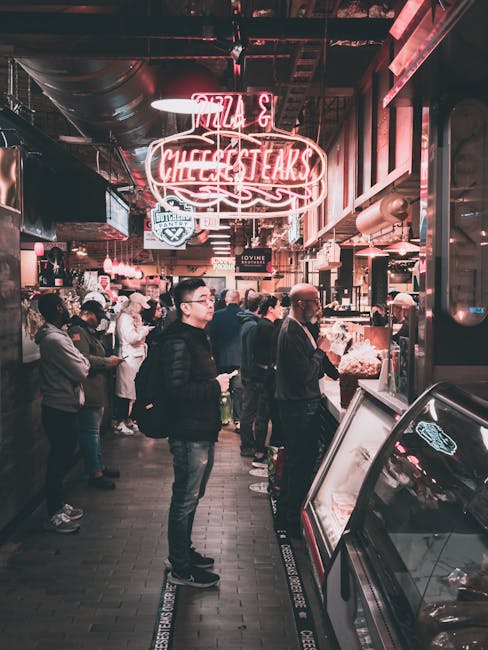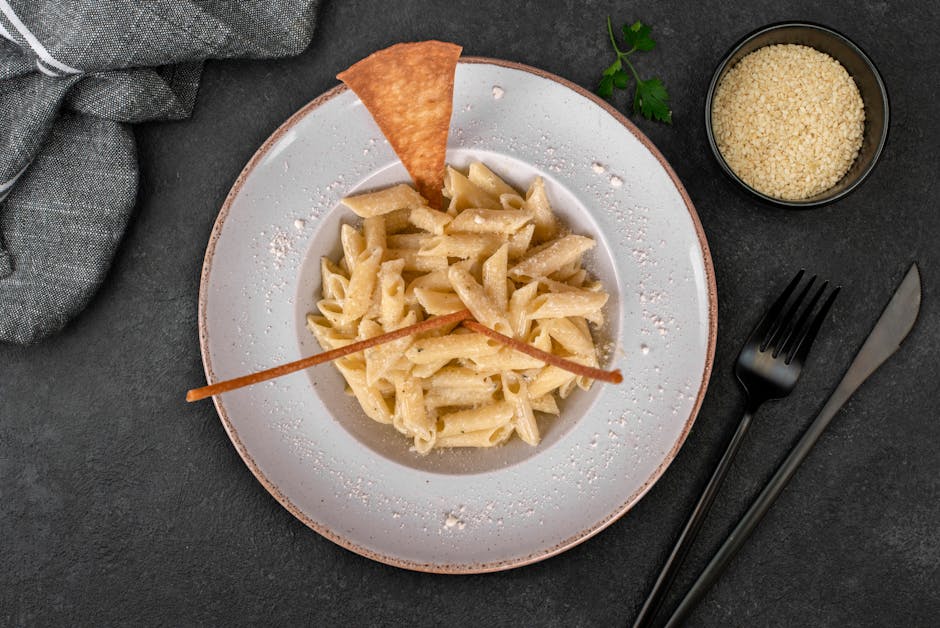
When most people think of Canadian cuisine, maple syrup immediately comes to mind. But what if I told you that our relationship with this golden nectar goes far beyond pancakes and breakfast tables?
The indigenous peoples of Eastern Canada were the first to discover maple sap's potential thousands of years ago. Their traditional methods of tapping trees and boiling sap laid the foundation for an industry that would become synonymous with Canadian identity.
Today, Quebec produces over 70% of the world's maple syrup, creating what some call "liquid gold" and others call "strategic reserves." The unique climate conditions of our springs create the perfect environment for sap flow, making Canadian maple truly irreplaceable.
Beyond the Breakfast Table
Modern Canadian chefs are rediscovering maple's versatility in savory dishes. From maple-glazed salmon to maple-infused barbecue sauces, this ingredient adds depth and complexity that sugar alone cannot achieve.

The sustainability of maple harvesting is another aspect often overlooked. Unlike many agricultural practices, maple tapping doesn't harm the trees when done properly. Many sugarbushes have been producing for generations, creating a beautiful cycle of renewal.


